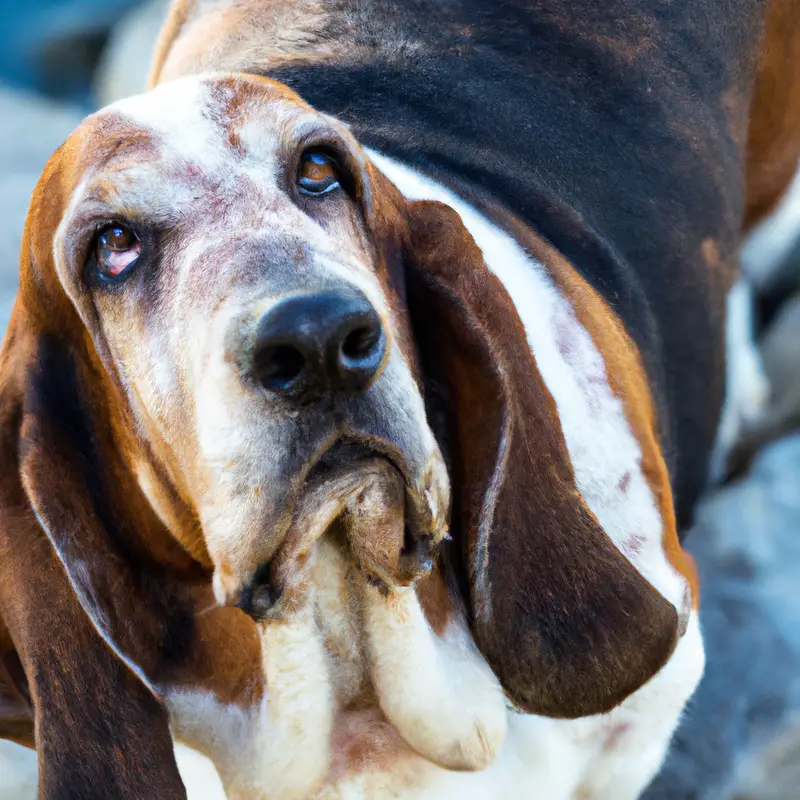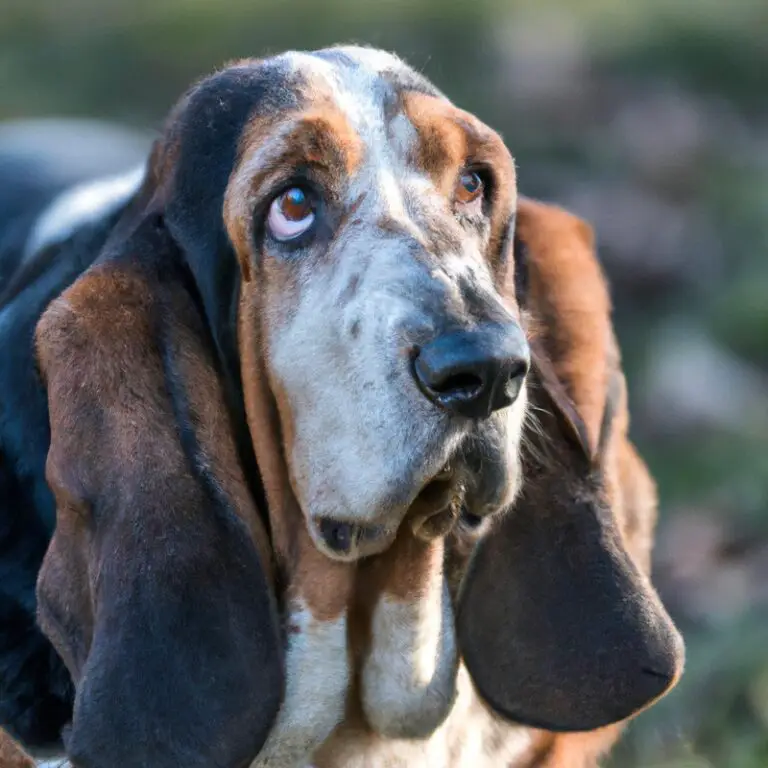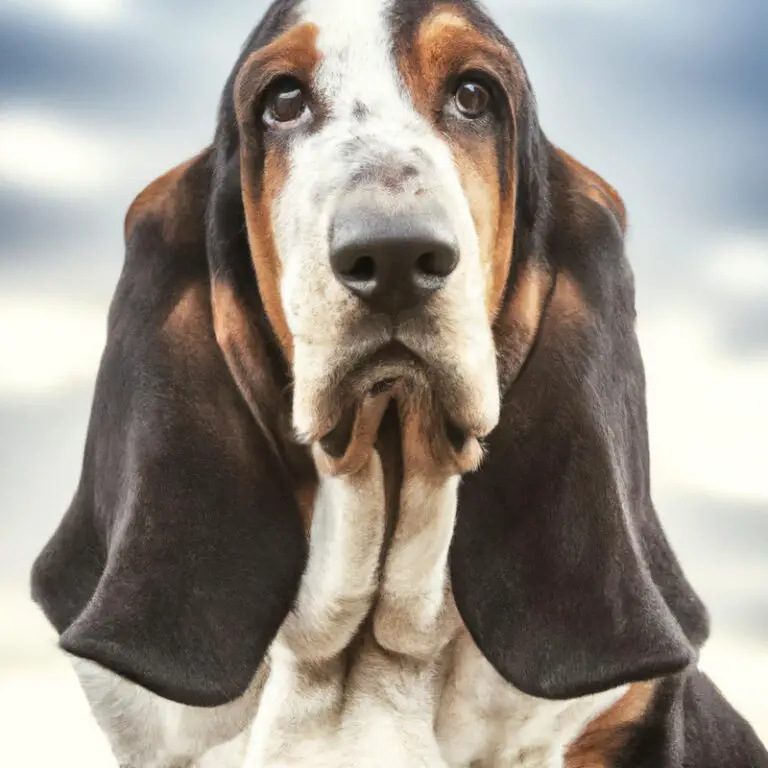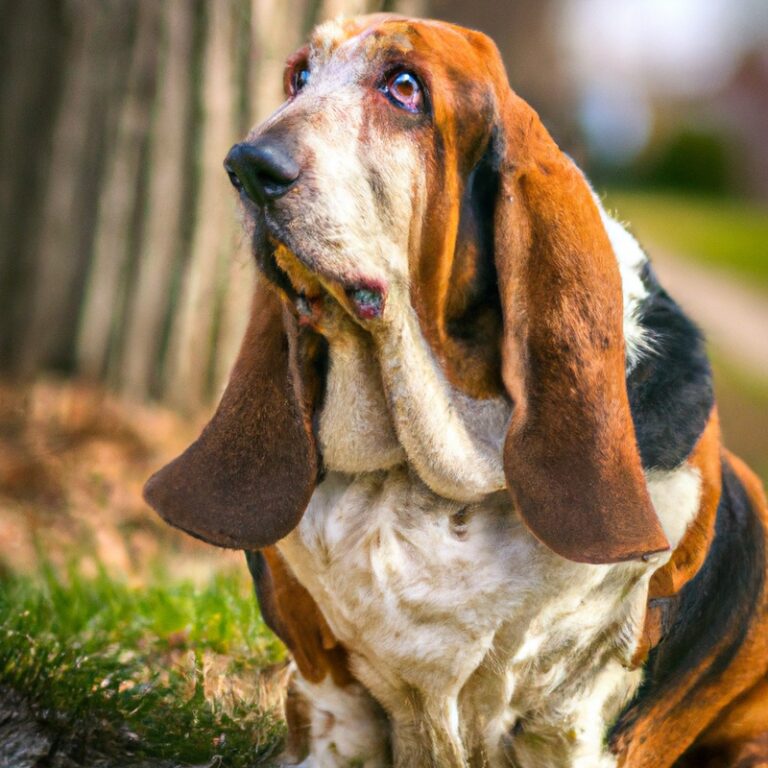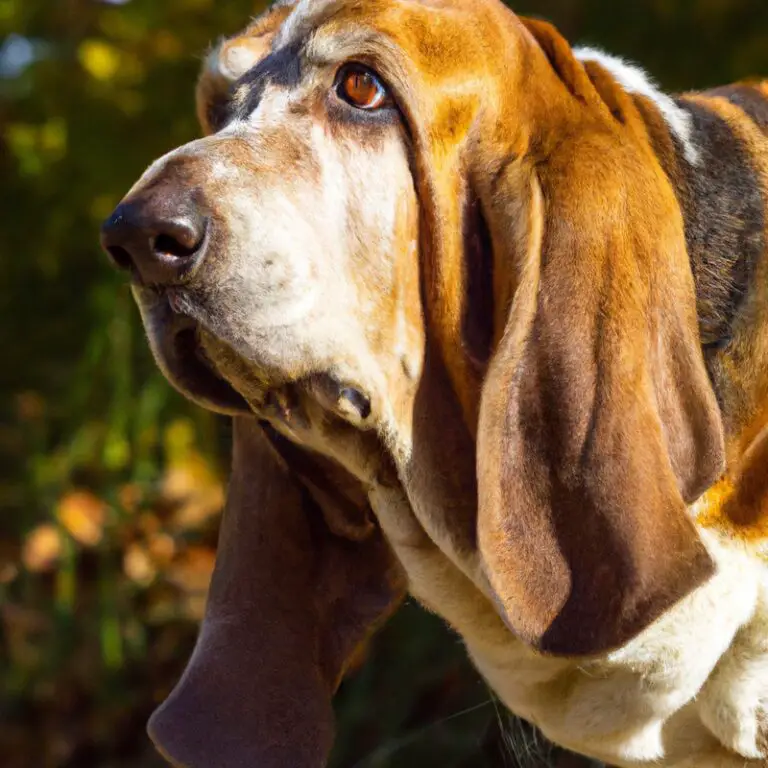Can Basset Hounds Be Trained For Canine Freestyle?
Key Takeaways:
- Basset Hounds can be trained for canine freestyle, but it requires patience and consistent training.
- Their low energy levels and stubbornness can make training a challenge, but positive reinforcement methods can yield positive results.
- Basset Hounds have natural instincts for scent work, which can be incorporated into freestyle routines.
- While they may not excel in agility or high-energy tricks, Basset Hounds can showcase their unique talents and charm in canine freestyle.
Have you ever watched a canine freestyle performance and been amazed by the synchrony and grace between the dog and its handler?
It’s truly a sight to behold! But what about Basset Hounds?
These adorable, droopy-eared dogs may not be the first breed that comes to mind when you think of canine freestyle, but don’t underestimate their potential! As a lifelong dog lover and a canine freestyle enthusiast, I’m here to tell you that Basset Hounds can indeed be trained for this captivating sport.
In this article, we will explore the characteristics of Basset Hounds, the importance of early socialization and obedience training, and the steps to gradually train them for canine freestyle.
So, let’s dive in and discover how these delightful hounds can waltz their way into the world of canine freestyle!
| Question | Answer |
|---|---|
| Can Basset Hounds be trained for canine freestyle? | Yes |
What is canine freestyle?
Definition of canine freestyle
Canine freestyle is a creative and synchronized dance routine performed by dogs and their owners.
It combines obedience training, tricks, and choreography set to music.
The goal is to showcase the unique bond and coordination between the dog and handler.
The routines can include a variety of movements, such as spins, jumps, weaving through the handler’s legs, and even jumping on their back.
Canine freestyle allows for self-expression and is a fun way to engage and bond with your dog while showcasing their skills and personality.
History and development of canine freestyle
Canine freestyle is a relatively new dog sport that combines elements of obedience training, tricks, and dance. It originated in the 1980s as a way for trainers to showcase their dogs’ skills and creativity in a choreographed routine set to music.
Over the years, canine freestyle has gained popularity worldwide, with different organizations hosting competitions and events.
The sport continues to evolve, with new moves and styles being developed by trainers and enthusiasts. Canine freestyle provides a unique opportunity for dogs and their handlers to showcase their teamwork and bond in a fun and creative way.
Characteristics of Basset Hounds
Physical traits and limitations
Basset Hounds have unique physical traits that can both be an advantage and a limitation in canine freestyle. With their long bodies, short legs, and droopy ears, Basset Hounds have a distinctive appearance that adds charm to their dance routines.
However, their low-slung bodies and heavy build can make it challenging for them to perform certain movements and jumps.
Additionally, their loose skin and droopy eyes can sometimes affect their visibility and coordination. Despite these limitations, with proper training and adjustments to choreography, Basset Hounds can still participate and enjoy the fun of canine freestyle.
Temperament and personality
Basset Hounds have a distinct temperament and personality that can affect their ability to be trained for canine freestyle. They are known for being friendly, laid-back, and easygoing dogs.
However, they can also be stubborn and independent at times, which may require some patience and persistence during training.
Basset Hounds are generally good with people and other pets, making them a great choice for this type of performance activity. Their relaxed and sociable nature can contribute positively to their potential in canine freestyle.
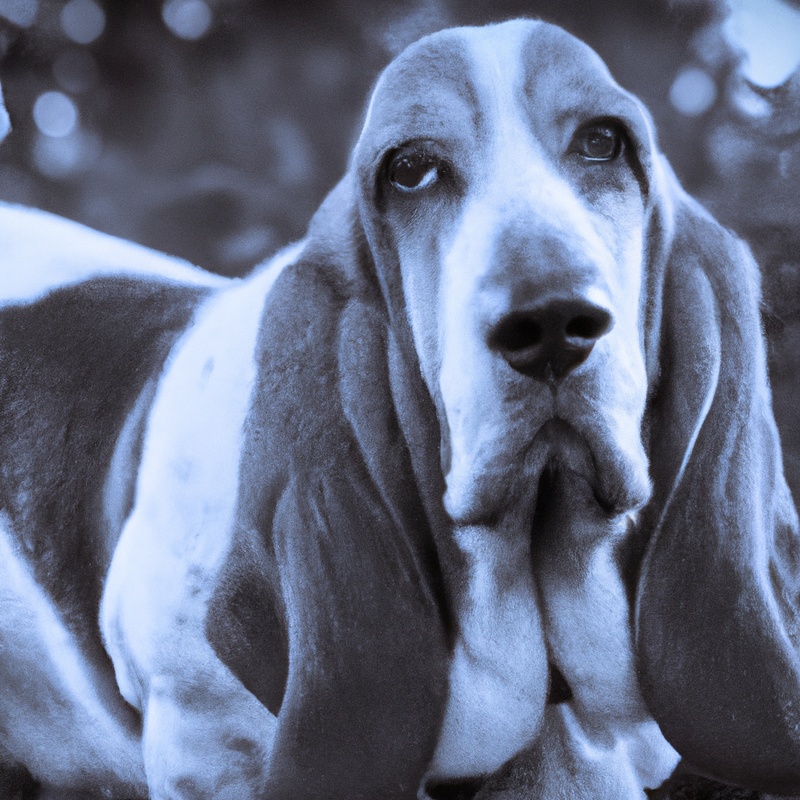
Training Basset Hounds for canine freestyle
Importance of early socialization and obedience training
Early socialization and obedience training are key for training Basset Hounds in canine freestyle. It helps them develop confidence, adaptability, and proper behavior around people and other animals.
Socialization exposes them to various environments, sounds, and experiences, reducing fear and anxiety.
Obedience training establishes boundaries, teaching them basic commands and manners. By focusing on these areas from a young age, Basset Hounds are better prepared for the challenges of canine freestyle and have a stronger foundation for advanced training.
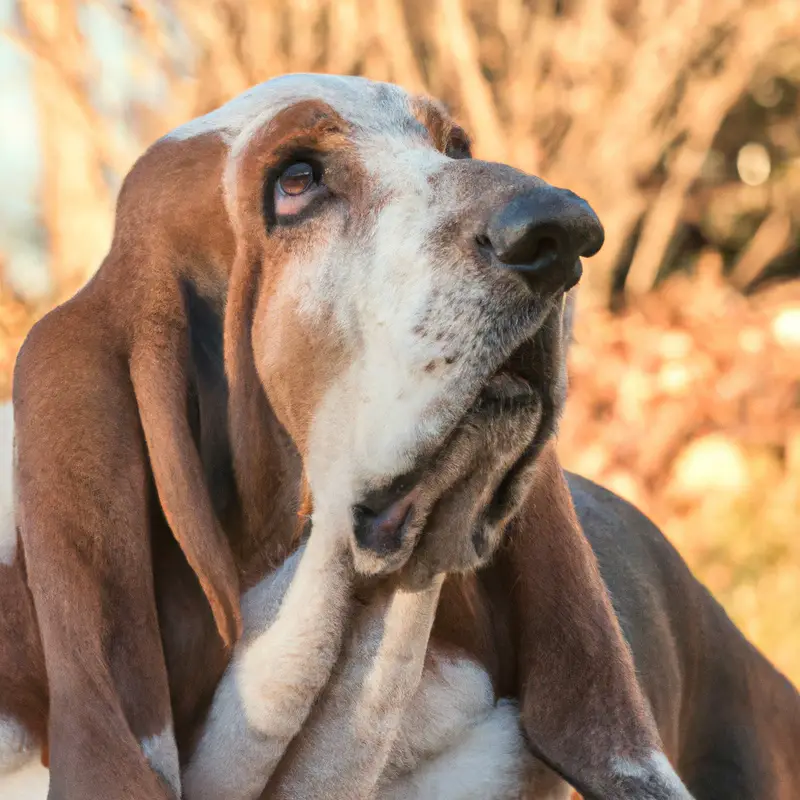
Tips for motivating and engaging Basset Hounds
To motivate and engage Basset Hounds, it’s important to understand their unique needs and personalities.
Here are some tips:
- Use positive reinforcement: Basset Hounds respond well to praise and rewards. When they perform desired behaviors, give them treats or verbal appreciation.
- Keep training sessions short: Bassets have short attention spans, so shorter, frequent training sessions work best. Aim for 10-15 minutes per session.
- Make it fun: Incorporate play and interactive toys into training to keep your Basset Hound engaged. Mixing in some games and tricks will make the experience enjoyable for both of you.
- Be patient and consistent: Bassets can be stubborn, but consistency is key. Stick to a regular training routine and reinforce commands consistently.
- Find what motivates them: Each pup is different, so experiment with different rewards and toys to find what motivates your Basset Hound the most.
Remember, training your Basset Hound should be a positive and enjoyable experience for both of you.
By using these tips, you can successfully motivate and engage your furry friend in training sessions.
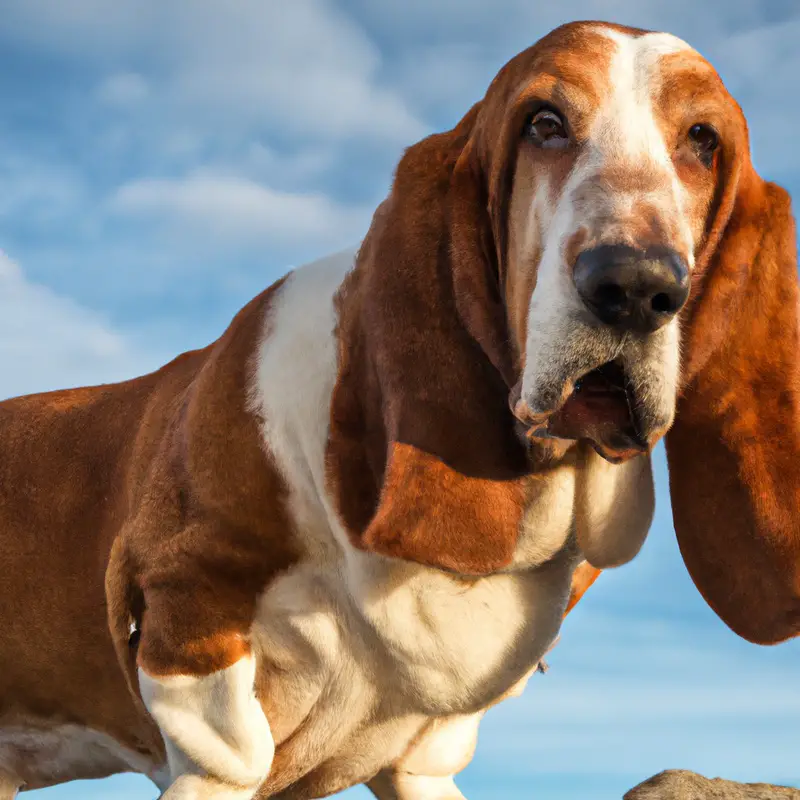
Challenges of training Basset Hounds for canine freestyle
Overcoming stubbornness and independence
Training Basset Hounds for canine freestyle can be challenging due to their stubbornness and independence. To overcome this, patience and positive reinforcement are key.
Consistency in training methods and providing clear boundaries help to establish trust and respect.
Breaking down complex tasks into smaller, achievable steps and rewarding small successes can motivate them to participate. Building a strong bond through regular training sessions and engaging activities will encourage Basset Hounds to overcome their natural tendencies and excel in canine freestyle.
Working with their unique physical attributes
Basset Hounds have unique physical attributes that can pose challenges when training for canine freestyle.
Their long bodies and short legs make it harder for them to perform certain movements with ease.
However, with some creativity and adaptation, you can work with their physical attributes to create beautiful and entertaining routines.
Focus on incorporating moves that showcase their natural grace and charm, and modify certain moves to fit their body structure.
By understanding and embracing their uniqueness, you can create a captivating performance with your Basset Hound.
Steps to train Basset Hounds for canine freestyle
Basic obedience commands to start with
To start training your Basset Hound for canine freestyle, focus on teaching them basic obedience commands. There are a few important ones to begin with:
- Sit: Teach your Basset Hound to sit on command, which is a fundamental command for obedience training.
- Stay: Train them to stay in one place until you give them permission to move. This command will help when practicing routines.
- Lie Down: Teach your dog to lie down on command, as this is another useful position for freestyle moves.
Remember to use positive reinforcement, such as treats and praise, to motivate your Basset Hound during training sessions. Keep the training sessions short and consistent for better results.
Incorporating tricks and dance moves
Incorporating tricks and dance moves into your canine freestyle routine can add an element of excitement and entertainment. Start by teaching your Basset Hound basic tricks such as “sit,” “lie down,” and “shake.” Once they have mastered these commands, you can move on to more advanced tricks like “spin,” “twirl,” and “jump.” When it comes to dance moves, consider incorporating simple steps like weaving between your legs or spinning in circles.
Be patient and consistent with your training, and remember to always reward your Basset Hound for their efforts.
Get creative and have fun!
Final Verdict
Basset Hounds can definitely be trained for canine freestyle, despite their physical limitations and independent nature.
With patience, early socialization, and positive reinforcement, these lovable hounds can learn to dance and perform tricks in their own charming way.
It’s important to understand their temperament and use creative techniques to motivate and engage them.
By incorporating basic obedience commands and gradually introducing dance moves, Basset Hounds can become surprisingly good at canine freestyle.
So, don’t underestimate these adorable and talented dogs, as they can truly shine in the world of freestyle dancing.

